Memorial Museum
Related Historical Sites
-
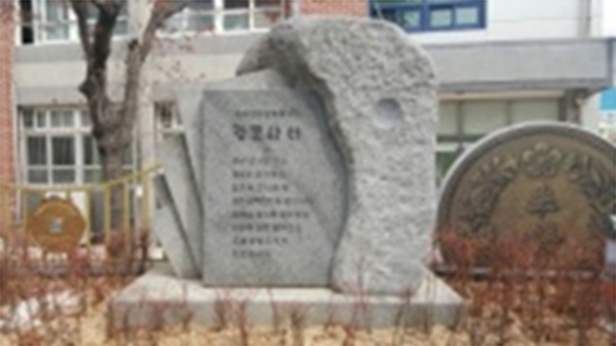
Site of Gwangmunsa(Seoya-dong, Jung-gu, Daegu Metropolitan City)
Gwangmunsa (President Kim Gwang-je, Vice-President Seo Sang-don) was the largest publication and printing office in Daegu, and was established in January 1906 with the purpose of educating the people. The Gwangmunsa (大邱廣文社), along with Lee Il-woo’s Woohyunseoroo (友弦書樓), Dalsung Social Gathering, and the Gyonam Educational Association, was at the center of the enlightenment movement. It was also where the pan-national “National Debt Redemption Movement” originated. Daegu Gwangmunsa established an office after assembling the Daegu National Debt Security Committee, and hosted a residents’ rally for the repayment of national debt at Daegu “Bukhujeong” on February 21, which is where the Daegu City Hall is currently located. The Gwangmunsa (廣文社), which grew from the National Debt Redemption Movement , was located behind what is now the Soochang Elementary School.
-
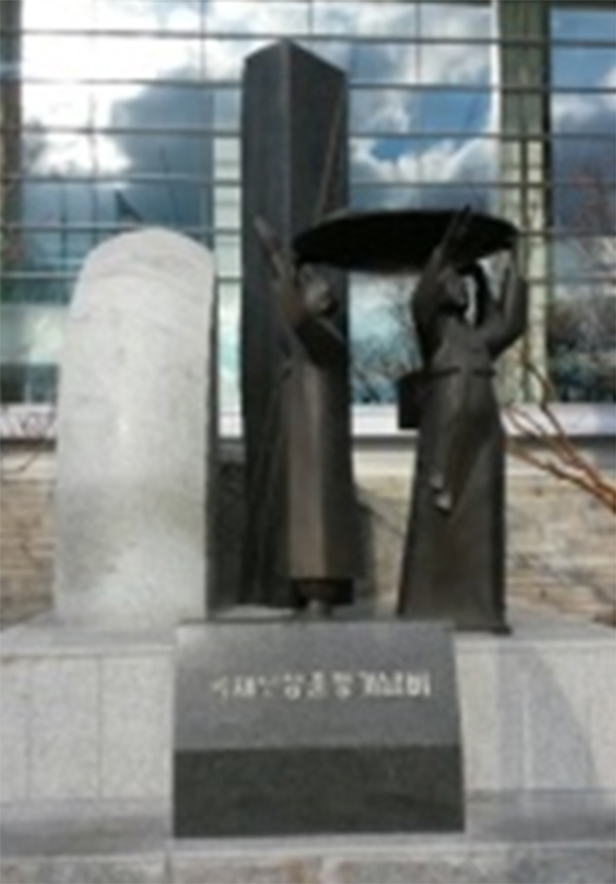
Bukhujeong(Taepyeongro-road, Jung-gu, Daegu Metropolitan City)
After being drafted at Daegu Gwangmunsa (currently the Jung-gu Soochang park) on January 29, 1907, the National Debt Redemption Movement held its first assembly the Daegu residents’ rally on February 21 at Bukhujeong (Daegu Citizen Hall). On the day of assembly, around 2,000 Daegu citizens, including children, assembled and protested at Bukhujeong. The Gyeongsangbukdo province Department of Police defined this as an unauthorized rally and suppressed it. The National Debt Redemption Movement Monument was erected where Bukhujeong used to be, and February 21 was designated as National Debt Redemption Memorial Day.
-
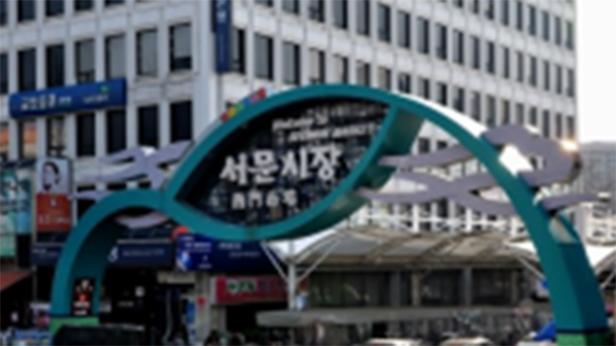
Seomun Market(the entire Daeshin-dong area, Jung-gu, Daegu Metropolitan City)
As a market established in the mid-Joseon Dynasty, the old name for Seomun Market was Daegujang. Daegujang was one of the three main marketplaces in the nation in the Joseon Dynasty, along with Pyeongyangjang and Ganggyungjang. At the time of the National Debt Redemption Movement, Seo Sang-ha, along with the president of the Association for smoking cessation, gave a speech on the market day at Seomun Market, making a heart-felt recommendation for the great cause of resolute partnership, before bowing deeply to the crowd. This venue heightened the enthusiasm for the movement.
-
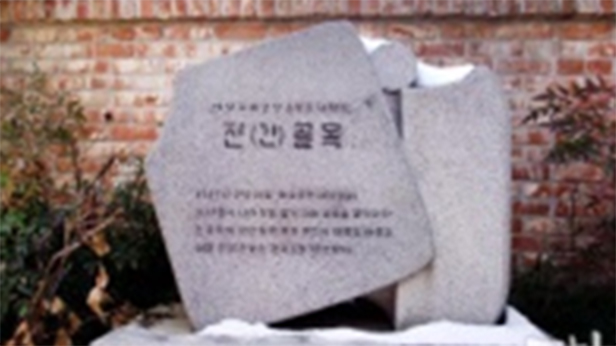
Jingolmok Alley(Jingolmok Alley, Jung-gu, Daegu Metropolitan City)
Many women participated at the Residents’ Rally for national debt repayment fundraising, which was held on February 21 at Bukhujeong. The women who participated at this rally assembled the Namil-dong Women’s Association for Selling Jewelry at Namil-dong, Daegu, on February 23, and urged women to participate by publishing the manifesto, “A Notice to Korean Women!” This was the beginning of the modern feminine movement in Korea. It was also the beginning of the subsequent women’s independence movement activities, which included the March First Independence Movement, and the formation and activities of various women’s independence groups. Jingolmok Alley was the venue for the Namil-dong Women’s Association for Selling Jewelry.
-
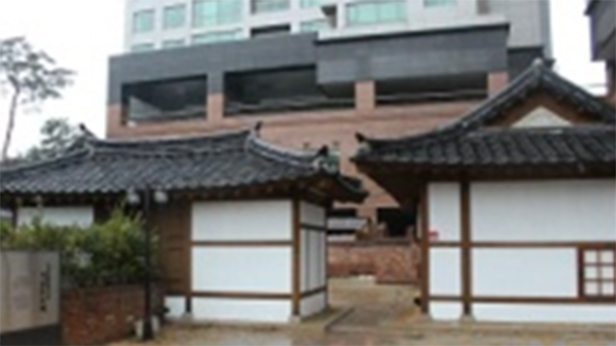
House of Seo Sang-don(Seosung-road, Jung-gu, Daegu Metropolitan City)
This is the house of Seo Sang-don, who led the National Debt Redemption Movement. The National Debt Redemption Movement was a national movement that aimed to restore the waning national sovereignty by repaying the nation’s debt via each citizen’s efforts to stop smoking and drinking. This house, which is located opposite the house of a famous Poet Lee Sang-hwa, comprises a main house and a detached house. The main house is a 4 by 2 gablet and tile-roofed house, and the detached house is a 3 by 2 gablet and tile-roofed house. The house was restored and is now open to the public.
-
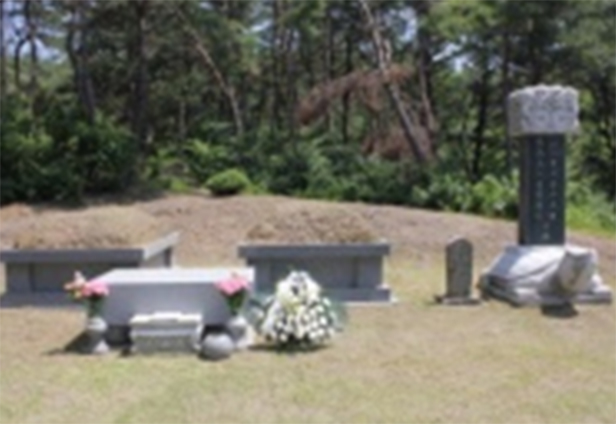
Gravesite of Kim Gwang-je(Pyeongni, Ungcheon-eup, Boryeong City, Chungcheongnamdo province)
This is the gravesite of Kim Gwang-je, the president of the Daegu Gwangmunsa, who led the National Debt Redemption Movement. Born in Boryeong of Chungcheongnamdo province, he was the president of the Gwangmunsa (廣文社), a publishing company in 1907 Daegu, and suggested the National Debt Redemption Movement by broadcasting the manifesto “Declaration for Redemption of the 13 Million Won National Debt(國債一千三百萬 報償趣旨書)” nationally, with his vice-president, Seo Sang-don (徐相燉).
-
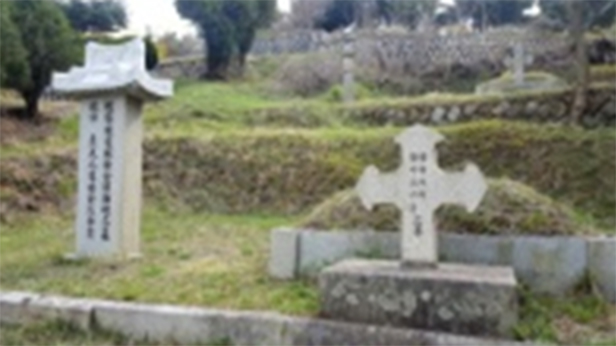
Gravesite of Seo Sang-don(In the Roman Catholic Church Cemetery Park, Beommul-dong, Suseong-gu, Daegu Metropolitan City (in the Roman Catholic Church Cemetery Park))
This is the gravesite of Seo Sang-don, the vice-president of Daegu Gwangmunsa (廣文社) in 1907. He proposed the National Debt Redemption Movement with the president, Kim Gwang-je, and drafted and presented the National Debt Repayment Prospectus.
-
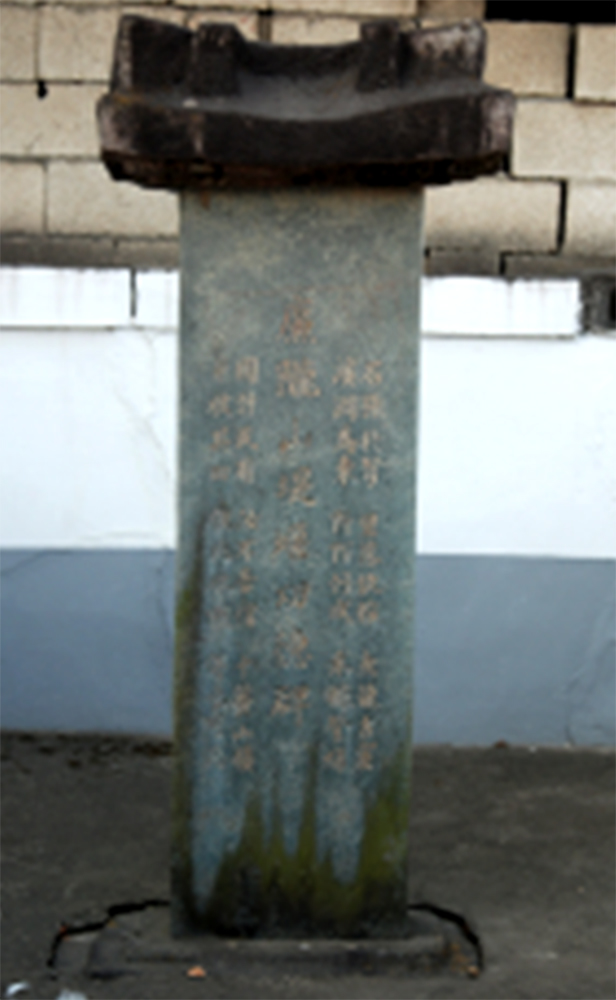
Memorial for the Good Deed of Yeom Nong-san Dam(Near Yongam Police Station, Yongjeong-ri, Yongam-myeon, Seongju-gun, Gyeongsangbukdo province)
A memorial stone for the gisaeng(a Korean traditional female entertainer) Aengmu(means a parrot), who made a generous contribution of 100 won, saying, “while donating at this time according to one’s extent of economic power is at the essence of citizenship, as a woman, I dare not contribute more than a man; thus, if anyone donates 1,000 won, I will match the sum to my dying breath.” This memorial commemorates the good deed of gisaeng Aengmu, who built a dam at Yongam-myeon, Seongju-gun in order to stop a flood.
-
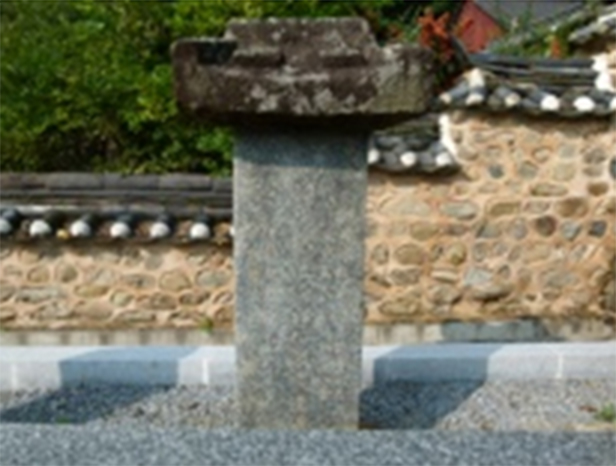
Commemorative Monument for the Former Inspector, Seo Sang-don(inside Chilgokhyanggyo 597 Chilgok JungangDaero-Road, Buk-gu, Daegu Metropolitan City)
Seo Sang-don, who worked as the tax inspector for the Ministry of Finance from 1894 for around 10 years, was assigned the duty of tax collection in the Gyeongsangdo province. On the commemorative monument, the inscription reads, “The heavens sent a saint to save the lives of the people. He relieved the impoverished subjects by graciously opening his storeroom. He assiduously worked on agricultural policy from the beginning, and collected tax fairly and diligently. May his great deeds be inscribed in stone and reflected for all of eternity.” This inscription on the commemorative monument is indicative of inspector Seo Sang-don’s upright and fair character.
-
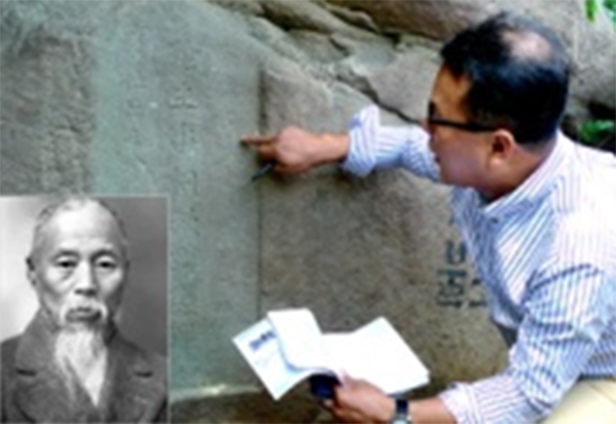
Commemorative Monument for Honorable Seo Sang-don(by the Local Road 923, Wiseong 2-ri, Sobo-myeon, Gunwi-gun)
The inscription reads, “He practices benevolence by relieving us with grains, the praise of everyone is engraved in stone, and the only regret is that it couldn’t be inscribed in iron.” This reflects the mind of Seo Sang-don, who was a nationalist, and at the same time, lived a life of charity. The monument is 35cm wide and 80cm high.
-
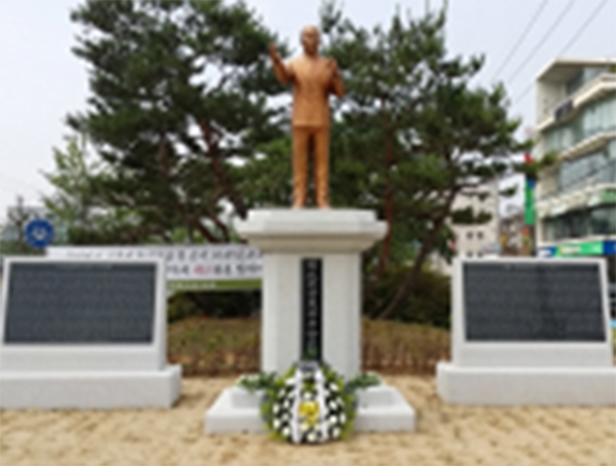
Kim Gwang-je Statue Park(Dongdae Intersection, Boryeong City, Chungcheongnamdo province)
The National Debt Redemption Movement opening speech, purpose, time of establishment, list of participants, and the life course of patriots are engraved in obsidian at the Kim Gwang-je Statue Park in Boryeong City, Chungcheongnamdo province. These can be read by anyone, as they are all re-interpreted in modern Korean. Patriot Kim Gwang-je comes from Ungcheon, Boryeong, and was active in the civilian army, the objection against the circulation of Japanese currency, the expulsion of pro-Japanese collaborators, and the establishment of private schools, in addition to his dominant role in the National Debt Redemption Movement.